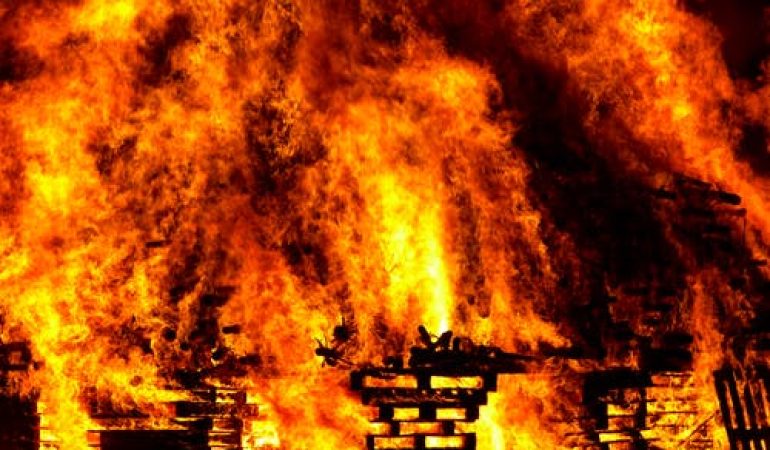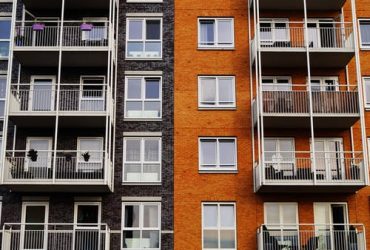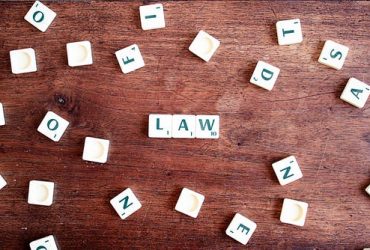Mold Allergy: Causes, Symptoms, and Treatments
Mildew is a naturally occurring substance that adds substantially to the decay of plant residues such as leaves and wood. However, it could be harmful to one’s health if it is allowed to thrive inside your home. When mold and mildew spores are released, they are a significant source of indoor air pollution, leading to mold allergies in people.
What is a mold allergy?
Mold allergy is triggered by breathing mold spores and minute fungus spores. Due to their small size, these spores can get past the nose and upper respiratory system defenses, and eventually, the lungs, before being noticed.
Causes
Just a few kinds of mold and mildew are known to induce allergies. In addition to Alternaria, Cladosporium, Pseudomonas aeruginosa and Penicillium. Allergy symptoms can be triggered by exposure to mold spores. A specific antibody is developed by human bodies to combat the mold when this happens.
Symptoms
Like other upper respiratory allergies, mold and mildew allergy signs and symptoms might be similar. Among the most typical symptoms and signs are:
- Inflammatory Rhinitis
- Sneezing.
- Runny Nose
- Nose Congestion
- Red, itchy, and watery eyes
- Breathing Difficulty
- Tiredness
- Weakness
Inhalation of mold spores can trigger hay fever symptoms and bronchial asthma or allergic bronchopulmonary aspergillosis in the lungs. Therefore, you must work with a reliable mould remediation company to locate the breeding place of molds and prevent it from growing back. You should get rid of the source of an allergy to avoid possible health complications.
Therapy
Mold And Mildew Exposure Reduction
Mold allergy sufferers should try this method first. Avoid cutting the grass, digging in the yard, or picking up fallen leaves if you have a mold allergy. Make sure you utilize a dust mask if you must engage in any of these tasks. You should delegate the cleaning and restoration tasks to experts. They can identify the possible locations where mold and mildews can thrive. You need to know that some jobs are best handled by professionals.
Nasal Mucosa Lavage
This is regularly used to reduce the pain caused by a runny nose. Congestion can be relieved by cleaning the nose with salt water and doing this.
Medication
Mold and mildew allergy signs and symptoms are handled with antihistamines, bronchodilators, and corticosteroids because there is no cure for mold and mildew allergy. The most common and most effective allergy medicines are corticosteroids, which help prevent and treat swelling. Antihistamines relieve itching, sneezing, and runny nose by preventing the body’s immune system from producing histamine during an allergic reaction.
Antihistamines are available over-the-counter. However, as many people say, prevention is much better than treatment. As a result, you should employ home restoration companies to avoid mold and mildew allergies. Your mold problems will be gone with their complete tools and expertise polished by experience.
Immunotherapy
To treat some allergies, a series of allergy shots are provided. However, immunotherapy for mold allergies is just slightly effective.
Conclusion
Allergies to mold and mildew spores, like other allergies, can trigger slight pain up to severe illness and death. Mold and mildew allergy signs can be eased with several therapeutic interventions. Instead of focusing on the allergic reaction itself, the best strategy is to locate the source of the mold. After finding the existence of mold and mildew, you may remove it and eradicate any mold allergy that may have resulted.





